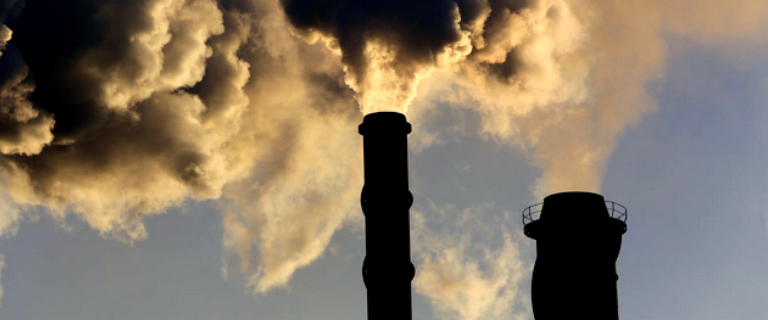Although The CarbonBlog is only a few days old, I’ve already had a few people ask me what a carbon credit was, and how it was different from carbon trading or a carbon offset. Considering how the first 20 or so posts I have lined up for this site talk a great deal about various tactics to scrub this element from our atmosphere or otherwise compensate for our lifestyles, I should answer this question as best as possible right up front. Carbon Credits Carbon credits were created as a means to hold countries accountable for their emissions, which have been linked to global warming. They play a key role in reducing greenhouse effect emissions on an industrial scale by placing caps on nations and letting the market assign a monetary value to any shortfall through trading. Credits bought and sold between businesses either nationally or internationally. Credits can also be used to finance carbon reduction projects between partners around the world. A listing of the emissions caps for each nation can be found on the UN’s Framework Convention on Climate Change site.
Personal Carbon Trading Personal carbon trading is similar to carbon credits, but rather than work with businesses, it targets citizens of a nation. PCT is the act of allocating equal emissions credits to individuals on a per capita basis, within the national carbon budget. People are then responsible for supplying these credits when buying fuel or electricity. Individuals who need more energy, like businesses, can take part in emissions trading to secure more credits. Personal carbon trading is often confused with carbon offsetting because of the similarities in paying for emissions, but where offsetting is a voluntary venture, personal carbon trading is passed as a law and mandatory for every citizen to ensure nations reach their carbon emissions targets. Carbon Offsetting Carbon offsetting is the act of neutralizing our greenhouse gas emissions. As stated above, a popular example of offsetting would be through the purchase of carbon credits.
This would compensate for the emissions caused by a person’s air travel or otherwise typical lifestyle. Like the idea of emissions trading, when we buy carbon credits, the actual offsetting takes place elsewhere. However, emissions trading is governed by a very strict legal framework to ensure the offsets are valid and unused. Carbon offsets are generally purchased through voluntary payments by individuals and businesses, and arranged by commercial or non-profit carbon offset providers. That said, as of February 2008, there are very few standards or certifications for these offsets in place, which makes the territory prime for internet scams. There are quite a few different offsetting techniques, with planting trees being the most popular. But in addition to reforestation, there are renewable energy, energy conservation and methane capture offsets to consider.
This offsetting has become part of the “carbon neutral” lifestyle that has become popular in recent years and is gaining momentum in many western nations as consumers become more aware of our effect on the world around us. The Kyoto Protocol sanctioned the offsets as a way for governments to earn market credits that could be traded in the marketplace. The protocol also established the Clean Development Mechanism, which validates and measures projects to ensure these credits produce actual benefits and are genuine activities that would not have otherwise taken place. Six of One, Half-Dozen of the Other Hopefully this can help shed some light on the differences between carbon credits, trades and offsets. There’s quite a bit I haven’t yet had a chance to talk about but, in the coming weeks, there will be several more posts talking about the differences between emissions types, offset types, projects, plans and everything else related to environmental protection.

